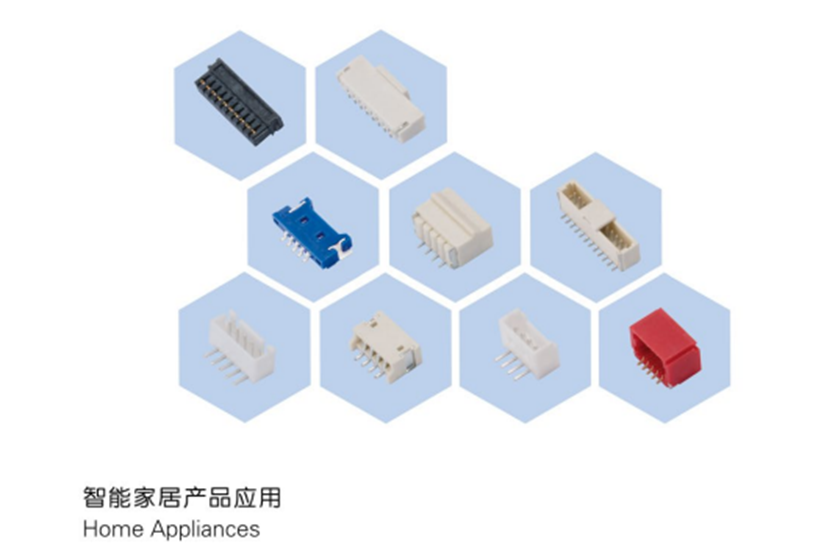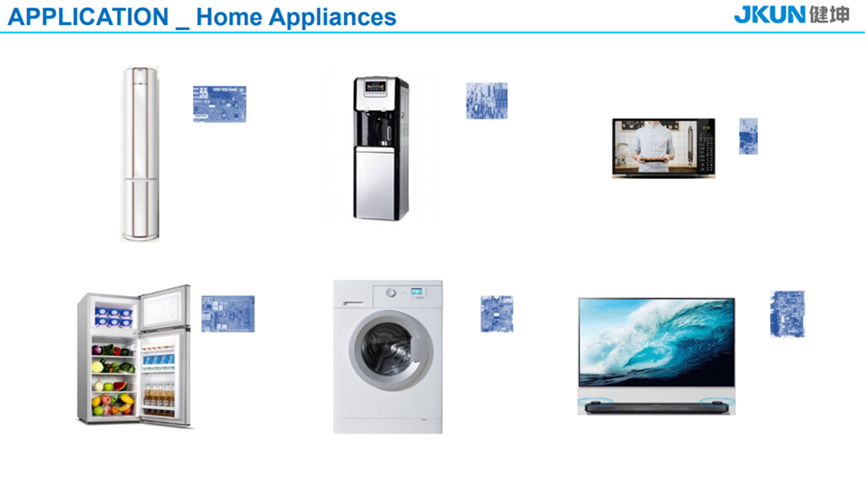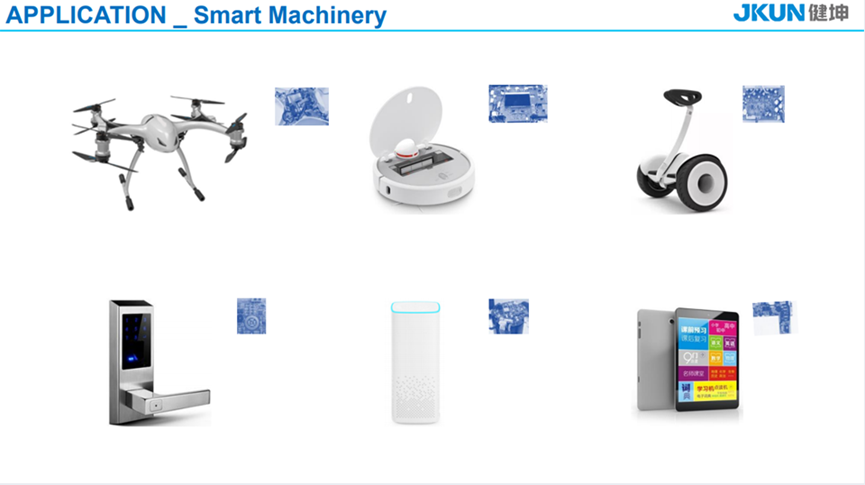
Technological innovation is quietly reshaping our homes, and reliable connectivity is the foundation of it all.
With the rapid development of IoT, artificial intelligence, and 5G technology, smart homes have evolved from concept to widespread adoption. According to industry data, smart outlets—as the core gateway to the smart home ecosystem—are undergoing a profound transformation from traditional power interfaces to intelligent energy management nodes.
In this multibillion-dollar market, one component, though inconspicuous, plays a critical role: connectors.

1 The Evolution of Connectivity Technology Amid the Smart Home Boom
The smart home industry is currently experiencing vigorous growth. Consumer demand for smart home products is increasing daily, alongside higher expectations for product quality and safety.
The core technology of smart homes has evolved from early mechanical timing and electronic remote control stages to the intelligence phase centered on AIoT. Its core modules include power conversion, main control communication, safety components, and sensor arrays, supporting multiple wireless protocols.
The stable connectivity between these modules relies entirely on high-performance connectors, terminals, and wire harnesses.
2 Small Parts, Big Impact: The Critical Functions of Connectors in Smart Homes
In smart home systems, connectors may be small, but they fulfill multiple critical missions.
Connectors are essential components linking appliances to power sources, and their technological advancements directly impact the safety, stability, and smart control capabilities of household appliances. Smart home devices often require frequent plugging and unplugging and may operate in various environments, placing extremely high demands on connector reliability.
Take, for example, a recent socket connector patent obtained by Xiaomi. This patent features an innovative protective component design, including a base, a first protective part, and a second protective part, effectively enhancing the structural strength of the socket connector and improving its impact and corrosion resistance.
The design of connector components must not only ensure stable performance but also account for the adaptability of household appliances in different environments. This requires comprehensive testing and optimization of materials' conductivity, durability, and temperature resistance, combined with advanced algorithms and technologies.

3 Core Technology Trends in Smart Home Connectors
Multifunctional Integration and Intelligence
Modern smart home connectors are no longer simple physical interfaces. Future connector components are expected to support compatibility with multiple communication protocols, including Wi-Fi, Bluetooth, and more advanced Zigbee protocols.
This enables users to remotely control appliances via smartphones or voice assistants. Such technology will undoubtedly significantly enhance the intelligence level of household appliances, providing users with more convenient living experiences.
Enhanced Safety and Reliability
Safety protection is another critical development trend for smart home connectors. To ensure user safety, connectors must be equipped with advanced encryption technologies to safeguard data transmission and personal information privacy.
Smart outlets will also feature fault detection capabilities for overheating and short circuits, enabling rapid power shutdowns to protect user property when issues are detected.
Strengthened Energy Management Functions
Future connectors will integrate energy management systems to monitor and optimize energy consumption in real time, helping households achieve green energy usage.
For instance, solar charging plugs can store and distribute solar energy, reducing reliance on traditional power grids and lowering carbon emissions. AI-powered electricity analysis functions enable smart outlets to learn user habits, automatically adjusting appliance power levels.

4 Opportunities and Challenges for Connector Manufacturers
As the smart home market flourishes, connector manufacturers face significant opportunities alongside several challenges.
Technical challenges primarily include lack of standardization and fragmented scenarios. Current smart outlets face issues such as protocol incompatibility and data silos. Countermeasures include promoting universal standards like the Matter protocol and enabling cross-brand interoperability through open APIs.
Market challenges involve low user awareness and price sensitivity. Consumer understanding of the value of smart outlets remains limited to "remote control." Countermeasures include enhancing scenario-based marketing, such as demonstrating "away mode" automatic power-off functions through short videos, and launching cost-effective products.
Policy challenges include international trade friction and environmental compliance. Tariff increases by the U.S. on Chinese imports and green certification barriers in the EU add uncertainty to exports. Countermeasures include establishing factories in Southeast Asia to reduce tariff costs and obtaining EU RoHS and CE certifications to enhance product competitiveness.
With the adoption of new technologies such as WiFi 7 and Matter, the smart home market will witness even greater expansion. Smart home connectors are evolving toward wireless charging and induction technologies, intelligent recognition and adaptability, and energy management with green design.
For connector manufacturers, only by embracing technological innovation as the spear and ecological collaboration as the shield can they build core competitiveness amid the trends of intelligence, sustainability, and personalization, securing a leading position in this multibillion-dollar market.
Connector Product Recommendations:
| Industry Common Name | JKUN Part Number | Altemative | Product Image |
| XSR0.6 | A0601AWR-xx | ||
| SUR0.8 | |||
| SH1.0 | |||
| SHD | |||
| XH2.5 |